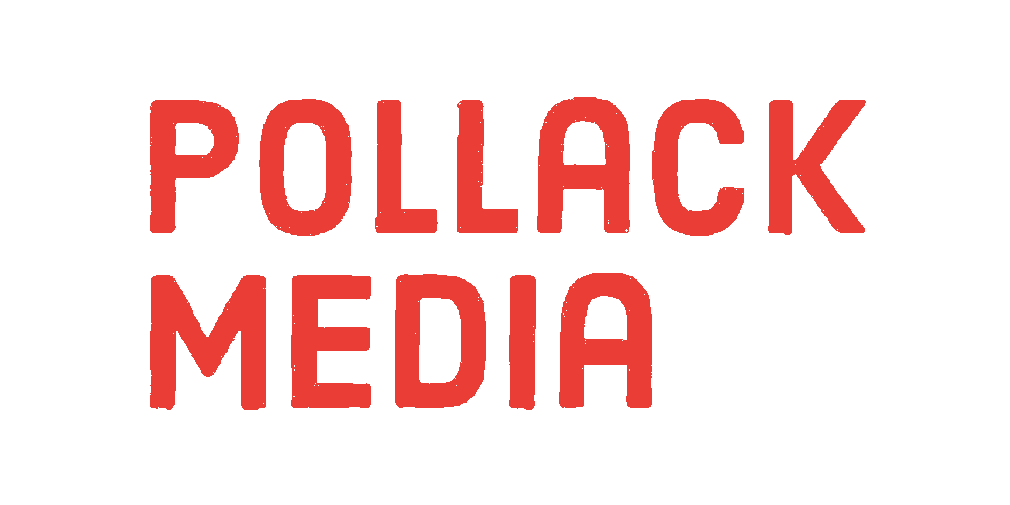Someday, perhaps sooner than you think, we won’t bother distinguishing between platforms when it comes to media consumption. Traditional media have had varying levels of success in trying to co-opt new media. Print has been decimated in terms of both ad revenue and circulation, while radio and TV have managed to maintain their audiences and revenue bases, despite some rating erosion. The music industry has been turned upside down by digital, while the film business has been able to grow.
Despite any given media industry’s success in incorporating new online and mobile platforms, the disruption has been great. This is reflected in a trend towards traditional media measurement companies including online and mobile usage in their calculations. Recently, three venerable institutions altered their formulas in significant ways.
The NY Times reports that Billboard has added YouTube plays to the formula that it uses to determine the magazine’s Hot 100 Singles Chart. The timing of the change couldn’t be better for Baauer’s song “Harlem Shake,” which is the latest viral video to make its way to No. 1 on the chart, on account of the change. The week that the Times disclosed this policy change, the video had been viewed 103 million times in the U.S. and downloaded 262,000 times. If YouTube plays were not part of the formula, Harlem Shake would merely be somewhere in the Top 20 instead of at the top.
Another change was Nielsen’s announcement that it was expanding the definition of TV viewing to include consumption via broadband, Xbox, iPads, etc. The goal is simply to capture all video viewing, not just viewing on traditional TV sets. Nielsen hopes to have the new system in place by Fall 2013, just in time for the start of the next TV season. Read the full story here.
And lastly, ABC Networks announced on Tuesday their plans to offer advertisers guarantees for video programming distributed across multiple platforms. According to the New York Times, they will use the Nielson Online Campaign Ratings system to “measure viewing across television and online sites, and will base all sales on estimates of what total viewing will be on all those platforms”. Read more about it here.
Among the changes listed here, the ABC move appears to us to be the most significant. It’s an example of a traditional media company that’s betting on being able to amplify its ad revenue by leveraging the higher CPMs of on-air exposure to make online and mobile views worth more. Having the Nielsens and the Billboards combining them too should accelerate the process.
– Pat Welsh

